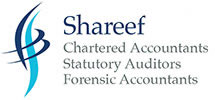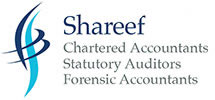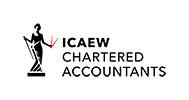Scottish Budget confirms 2022/23 income tax rates
The devolved Scottish parliament sets its own income tax rates and thresholds. In the latest Scottish Budget, the rates for the next tax year were announced. What’s the position for Scottish taxpayers?

Where an individual is a Scottish taxpayer in a particular tax year, they are subject to the Scottish Rates of Income Tax (SRIT). These are designated by Holyrood each year. The overall position can be confusing, as SRIT only applies to earnings, self-employment profits, rental income and pension income - the main UK rates continue to apply to other income, such as dividends. Additionally, the NI bands remain aligned with the UK.
The 2021 Scottish Budget confirmed that the starter and basic rate bands will increase with inflation for 2022/23, but that the higher bands will remain frozen. This means that for 2022/23, the SRIT will be as follows:
- 19% on earnings between £12,571 to £14,667
- 20% between £14,668 to £25,296
- 21% on the chunk between £25,297 to £43,662
- 41% on income between £43,663 to £150,000
- 46% on earnings above £150,000.
Related Topics
-
New HMRC guidance on winter fuel payments
HMRC has released new guidance on the recovery of winter fuel payments. What do you need to know?
-
Festive tax breaks for remote workers
You’re familiar with the tax break for Christmas parties but you now have a few remote workers, and the company will need to reimburse their travel and accommodation costs if they attend an event. Which costs count towards the tax-free limit and how can you manage any overspend?
-
New process for some exports starting in Northern Ireland
Starting next month, businesses that import goods via Northern Ireland will need to change their processes. What do you need to know?



 This website uses both its own and third-party cookies to analyze our services and navigation on our website in order to improve its contents (analytical purposes: measure visits and sources of web traffic). The legal basis is the consent of the user, except in the case of basic cookies, which are essential to navigate this website.
This website uses both its own and third-party cookies to analyze our services and navigation on our website in order to improve its contents (analytical purposes: measure visits and sources of web traffic). The legal basis is the consent of the user, except in the case of basic cookies, which are essential to navigate this website.